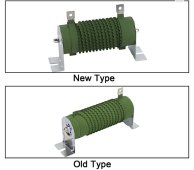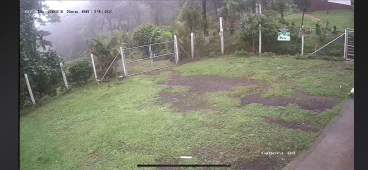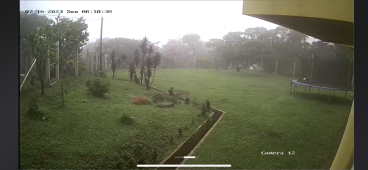Just checking to see if this is feasible at all. I have a hydro generator in mind that would work as supplemental energy at my site. Checked into Langston and others like it, but I don’t have that amount of flow.
The hydro generator is a 24v AC unit. My batteries are 48v DC.
I’ve found where I can use a full wave rectifier to change the AC to DC. After switching over to DC, can get a step up converter from 24v to 56v.
I’m willing to give it a try.
Then, my next question. I have the Growatt 6k inverter working with my solar panels. Should I get a growatt charge controller to tie it in together or get a midnight unit?
My site has a rainy season and I’d like to take advantage of it. I have 77’ worth of drop where I’d build a little water retention.
Is any of this worth it?
The unit I’m looking at below. I like the low water flow to produce energy. Limited around 200-300 watts, but that’s enough to supplement my needs. But even with the lower flow requirements, I can add a second or third unit.

 www.turbin.gr
www.turbin.gr
My current setup is as follows:
* Growatt 6k inverter off grid unit, but draws from the grid if needed
* 5.3kWp Pv capacity
* (2) Lifepos4 batteries 12.8kWh total
Planning to add 1 more battery for more storage capacity during the rainy season.
The hydro generator is a 24v AC unit. My batteries are 48v DC.
I’ve found where I can use a full wave rectifier to change the AC to DC. After switching over to DC, can get a step up converter from 24v to 56v.
I’m willing to give it a try.
Then, my next question. I have the Growatt 6k inverter working with my solar panels. Should I get a growatt charge controller to tie it in together or get a midnight unit?
My site has a rainy season and I’d like to take advantage of it. I have 77’ worth of drop where I’d build a little water retention.
Is any of this worth it?
The unit I’m looking at below. I like the low water flow to produce energy. Limited around 200-300 watts, but that’s enough to supplement my needs. But even with the lower flow requirements, I can add a second or third unit.

Mini Pelton Turbine 200W | Turbin
Pelton Turbine Hydropower Full ready system for production up to 200W. Key Features: Portable hydroelectric turbine. Recommended for 100W operation with 80% usable load power on 12v & 200W operation with 80% usable load power on 24v. Work more than recommended only with your...
 www.turbin.gr
www.turbin.gr
My current setup is as follows:
* Growatt 6k inverter off grid unit, but draws from the grid if needed
* 5.3kWp Pv capacity
* (2) Lifepos4 batteries 12.8kWh total
Planning to add 1 more battery for more storage capacity during the rainy season.
Last edited:











